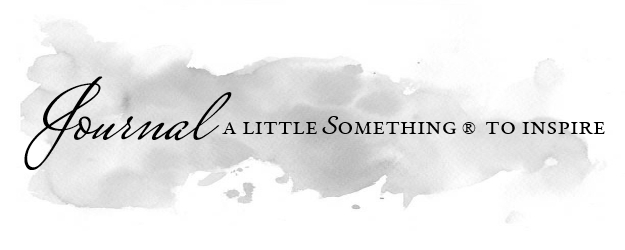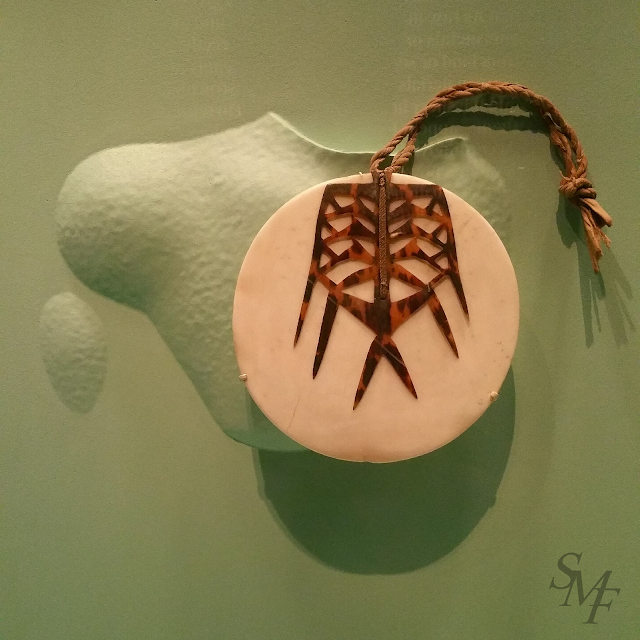Since I was anxious to catch the current jewelry exhibit at the Met before it closes on February 24th and Brenna was keen on the idea of exploring the Guggenheim for the first time, we embarked on a day of art therapy with a leisurely luncheon sandwiched in between. With a clear sky, brisk wind, and light traffic, it was a perfect January day to spend in New York City. Our first stop was The Metropolitan Museum of Art.
Jewelry: The Body Transformed explores how jewelry affects and triggers the body it embellishes. A stunning assembly of 230 head-to-toe ornaments, everything from crowns, earrings, brooches, belts, necklaces, rings and various bracelets are on display along with sculptures, paintings, prints, and photos. Together, global stories are illustrated and enriched, revealing a deep history of the transformative relationship between jewelry and the one adorned.
On a fundamental level, we wear jewelry to be seen. It catches the light, attracts the eye, shines, reflects. When the conditions are right, it can be resplendent.
Contemporary artistic jewelry often resists and rebels. Sometimes it abandons not only historical notions of preciousness but all the characteristics traditionally associated with jewelry: glamour, expense, wearability.
Whether made from precious gems or sharpened pencils, these objects excite our desire to be looked at - to flaunt and display.
Allure is... something that exists. It's something around you, like a perfume or like a scent. It's like memory... it pervades. ~ Diana Vreeland
While the pearl necklace has long stood as an emblem of respectability and social status, even a certain primness, it has also enjoyed favor as an erotic accessory.
The most extreme examples divert the gaze even from the body itself, as it recedes behind a pageant of splendid artifice.
Bridal ensembles often function as protective talismans and incorporate religious elements, while at the same time making manifest on the body a woman's most valuable economic possessions.
Beaded broad collars were primarily owned by kings, queens, and members of the elite and were worn to celebrate important events. Small replicas were also laid upon mummies, a burial practice to protect the deceased.
To show oneself in full magnificence was to ensure the flow of well-being from ancestors who animated the universe. Bodily adornment, which also included tattoos and textiles, focused that supernatural force and permitted the wearer to take advantage of its power.
Only those with power have control over resources, and the spectacle of rich adornment strengthens their position.
"Noisy" adornments could call gods and goddesses into being.
Jewelry was laid out in the tombs as if for some grand eternal production.
After a scrumptious lunch at The Wright, we ascended the Guggenheim with gusto! Stay tuned for part two of our art day in the city... xoxo-Sonya















0 comments